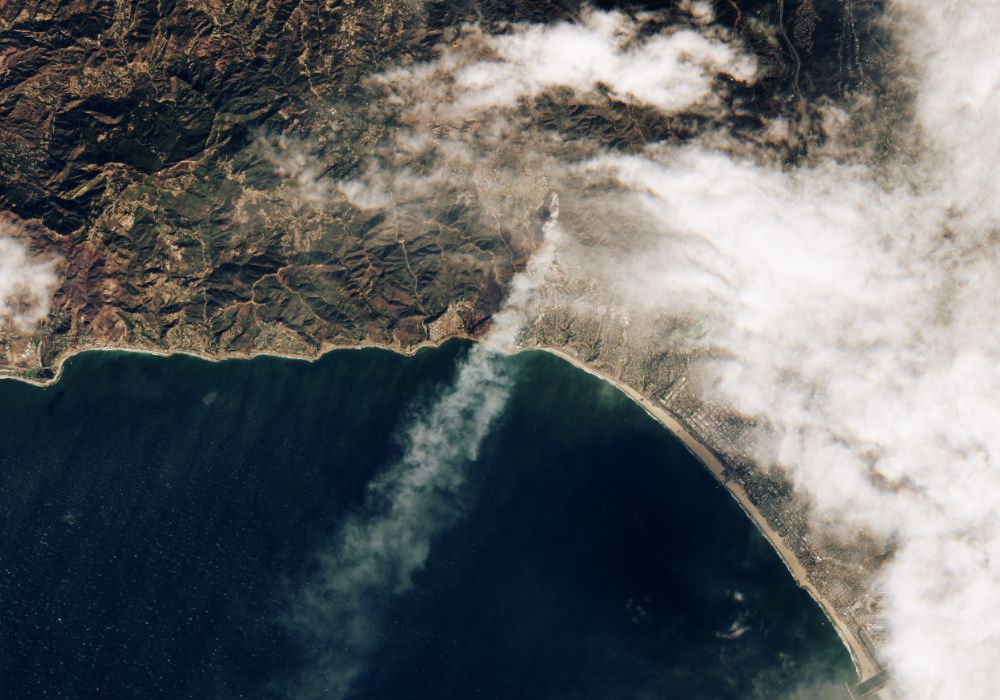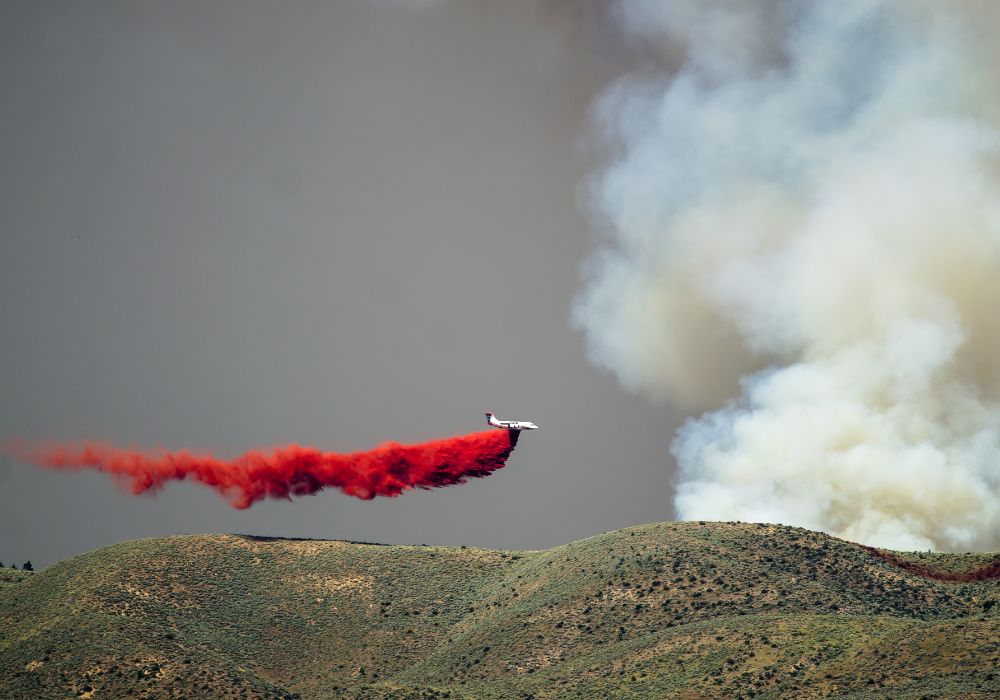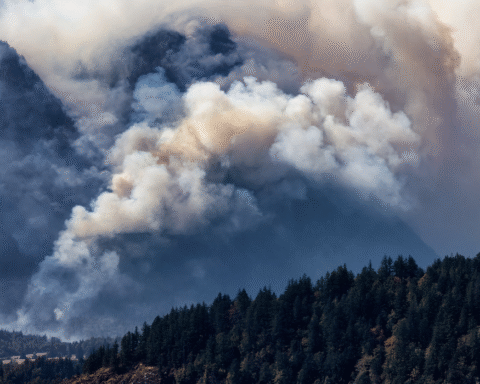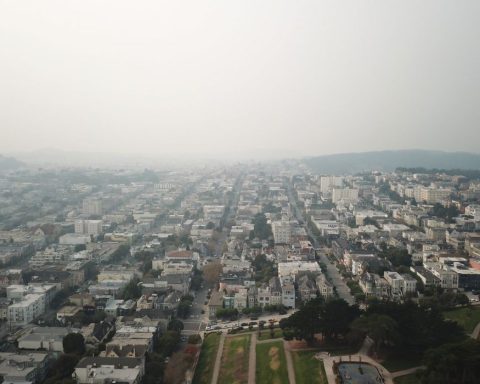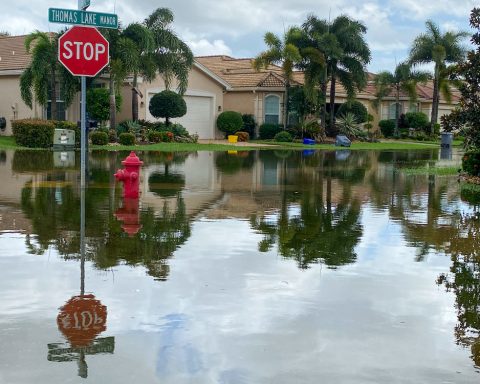Earth’s forests are being devoured by wildfires at a shocking speed and scale. The World Resources Institute calculates that forests are burning at twice the rate they were two decades ago. In Canada, where temperatures are increasing twice as fast as the global average, the frequency and severity of forest fires have quadrupled over the last half century.
As wildfires get worse, government spending is rising sharply. Research firms that report on the global wildfire defence market are projecting annual growth rates that range from 8.4% to 12.6%, much of it driven by public funding. For example, the United States’ budget for wildland fire management was $1.9 billion in 2025, a 10% increase from the previous year. For 2026, the U.S. Department of the Interior has asked for $6.55 billion – a 245% increase – citing the increasing frequency of wildfires and devastating disasters like January’s fires in Los Angeles, where losses are estimated as high as $131 billion.
In fact, climate-related disasters have become a major economic driver. Andrew John Stevenson, a senior analyst at Bloomberg Intelligence, has recently produced research showing that 36% of all the growth in U.S. gross domestic product is from spending on disaster preparedness and recovery.
On October 22, a consortium of national organizations in Canada published an open letter to the federal government asking for a five-year investment of $4.1 billion in wildfire defence. Signatories include Nature Canada, Ducks Unlimited Canada, the Mining Association of Canada, Protect Our Winters Canada and World Wildlife Fund Canada.
Across the world, unprecedented conflagrations have spurred federal investments to new heights.
South Korea
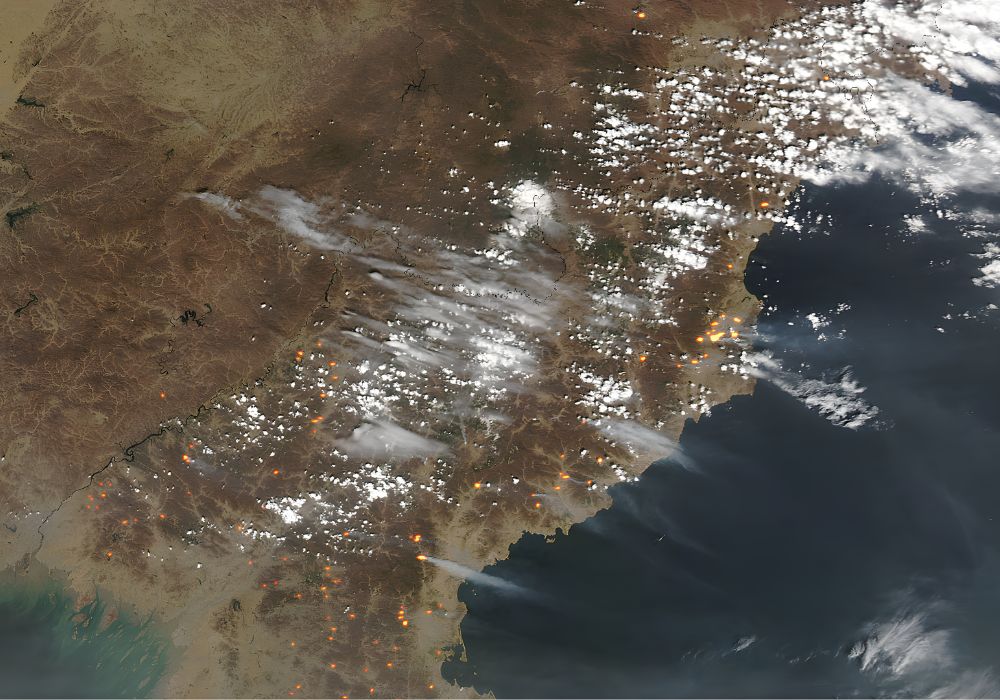
This past spring, one of the worst wildfires in South Korea’s history killed 30 people, injured dozens of others and displaced 40,000 people. The fires consumed a 1,300-year-old Buddhist temple. Five thousand personnel and more than 80 helicopters were mobilized to fight the fires. South Korea’s acting president called them the worst in the country’s history.
Coupled with U.S. auto tariffs, the wildfires prompted South Korea’s government to quickly assemble a US$8.6-billion supplementary budget, of which nearly a billion was earmarked for wildfire recovery. The funding nearly doubles the disaster-response wallet and includes major investments for firefighting equipment like helicopters and AI-enabled surveillance cameras.
“We took into account the fact that the scale of wildfire recovery continued to increase and domestic and international uncertainty has greatly expanded since the announcement of the U.S. reciprocal tariffs,” Vice Finance Minister Kim Yoon-sang said at the time.
Australia

The horrendous bushfire crisis of 2019/2020 in Australia affected 80% of the population and caused AUD$2.4 billion of insured loss. More than 17 million hectares were burned and a billion animals are estimated to have perished, along with 33 people.
The fires prompted the Australian government to establish a dedicated National Bushfire Recovery Agency, with an initial $2 billion focused on community resilience and economic resurgence.
In 2023, Australia was struck again by another round of devastating bushfires, which burned substantially more area than the “Black Summer” fires a few years previous, primarily in the Northern Territory and Queensland.
Australia’s 2025 federal budget now provisions $1.2 billion for disaster recovery payments. For its part, the northern state of Queensland allocated $4.357 billion over four years for a fire disaster and recovery package emphasizing front-line services. (New South Wales outlined a similar amount over the same period for disaster recovery, albeit primarily addressed instead to major flooding.)
Brazil

In the spring of 2025, Brazil’s Pantanal wetlands were visited by what NASA’s Earth Observatory called “unusually early and intense” fires, which consumed more than 1.3 million hectares.
That fall, the government allocated the equivalent of US$95 million for firefighting efforts. The 2024 fires were so bad, the government declared a nationwide environmental emergency ahead of the 2025 fire season and hired an additional 250 federal firefighters.
Read more of our wildfire coverage
The added capacity seems to have helped. So far this year, the country reports that it has experienced the lowest number of wildfire outbreaks in the past 12 years. Brazil’s forest secretary at its Ministry of the Environment and Climate Change attributes the decrease to improved weather conditions and “efforts mobilizing local stakeholders, municipal and state governments, with investments in fire departments and an increase in federal-level initiatives.”
This September, Brazil’s President Luiz Inácio Lula da Silva announced a US$1-billion investment in the multilateral forest conservation fund called the Tropical Forests Forever Facility. Lula has promised that the Brazil-led fund will become operational at this year’s COP30 in the Amazonian city of Belém. The ambition is to raise $125 billion.
But preserving the Amazonian rainforest is only getting harder. Mongabay reports that “rising temperatures and erratic rainfall rendered parts of the western Amazon up to 30 times more fire-prone than pre-industrial levels.”
Mark Mann is the managing editor at Corporate Knights. He is based in Montreal.
The Weekly Roundup
Get all our stories in one place, every Wednesday at noon EST.


